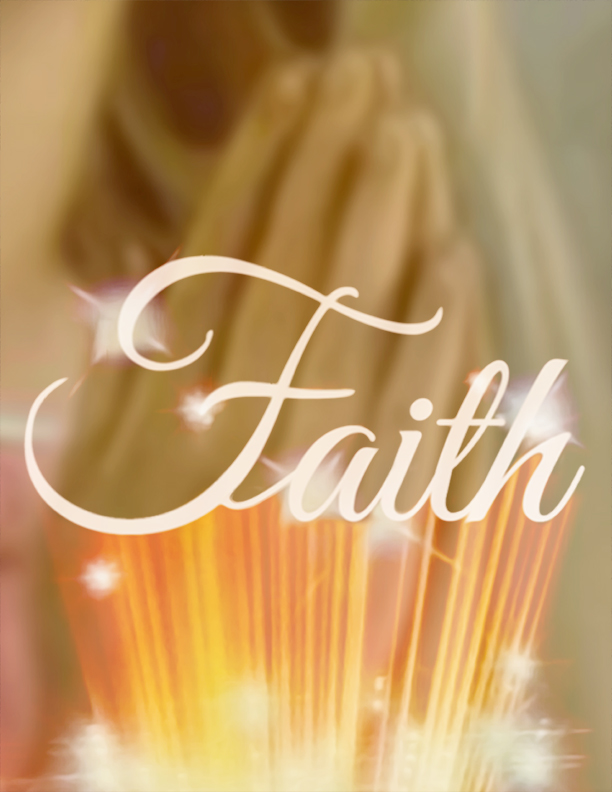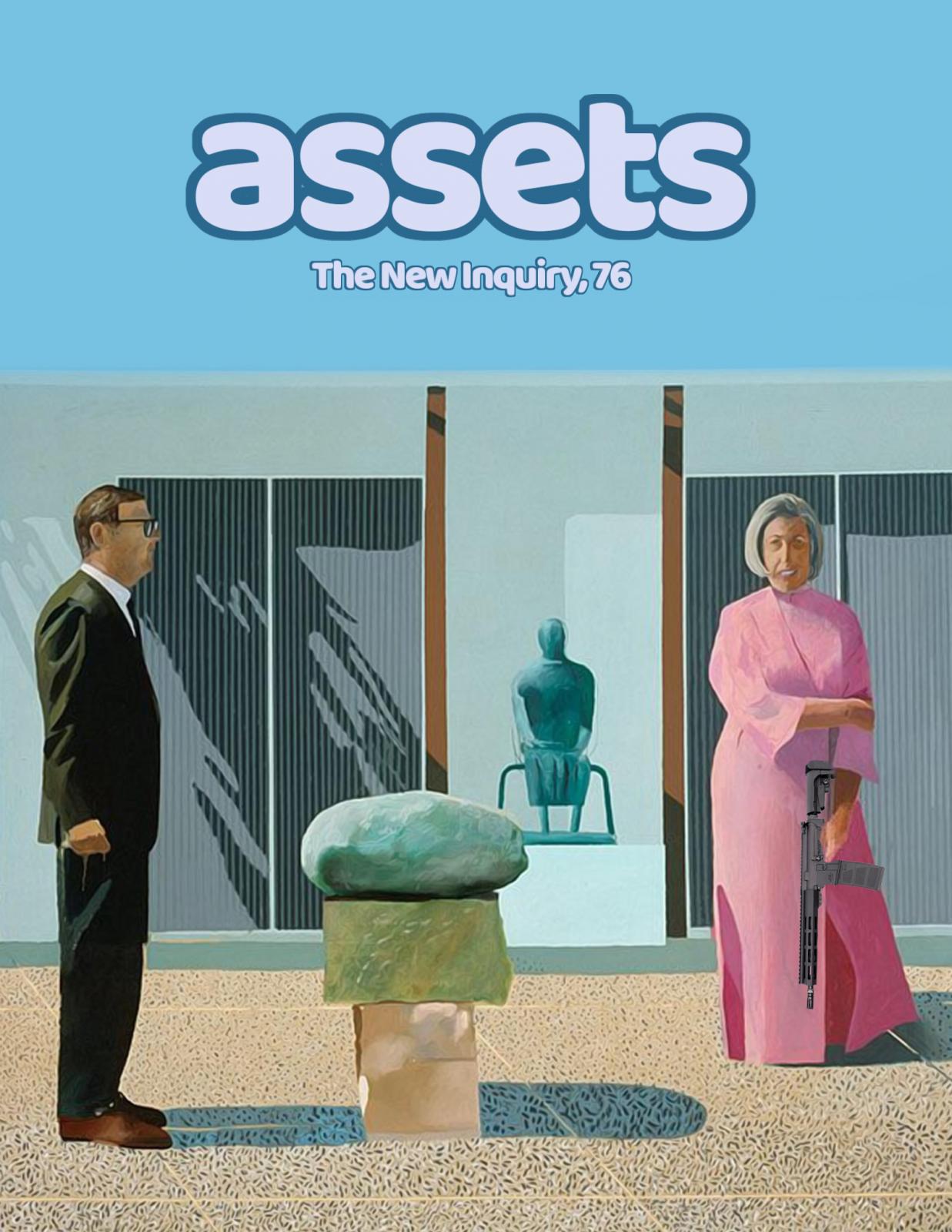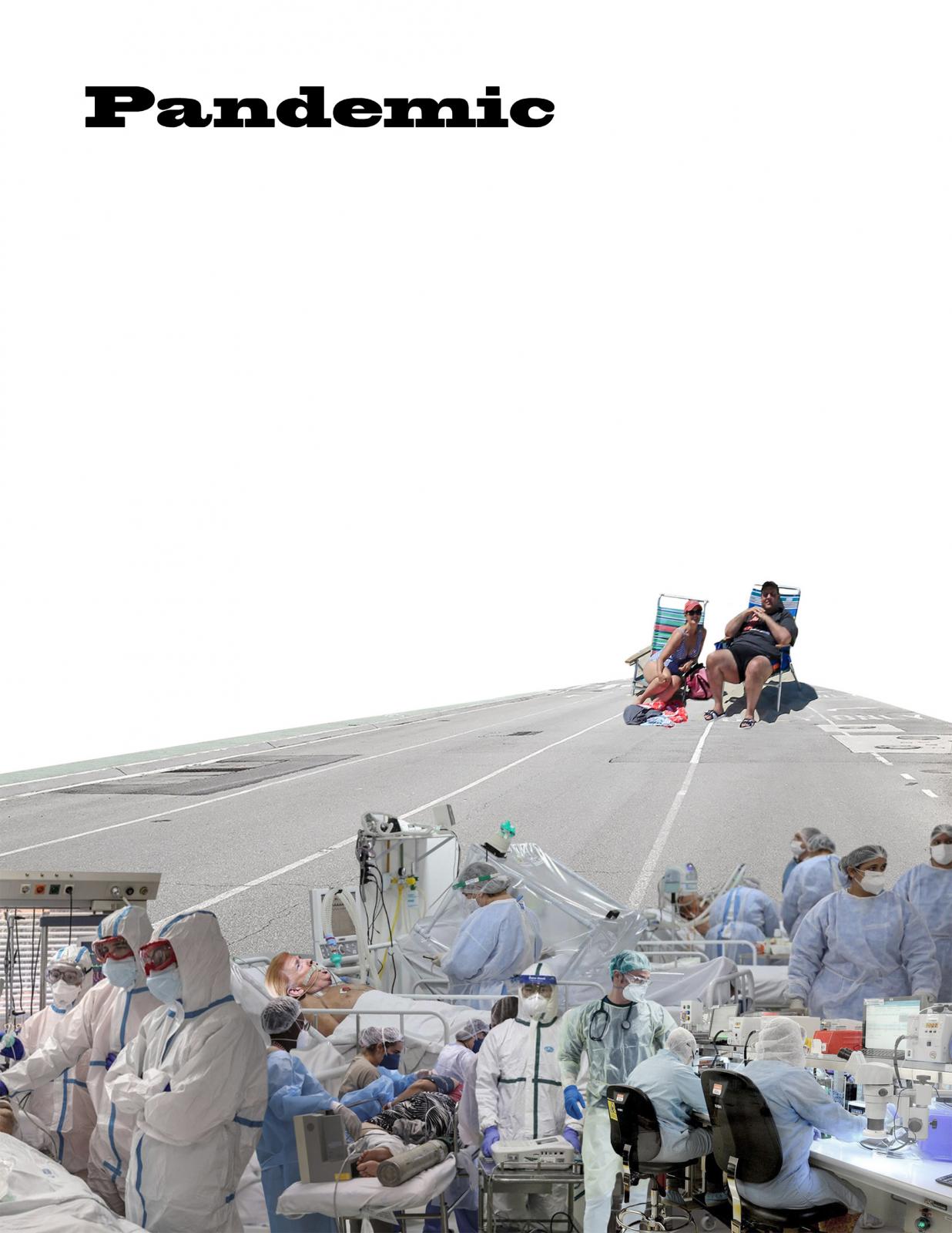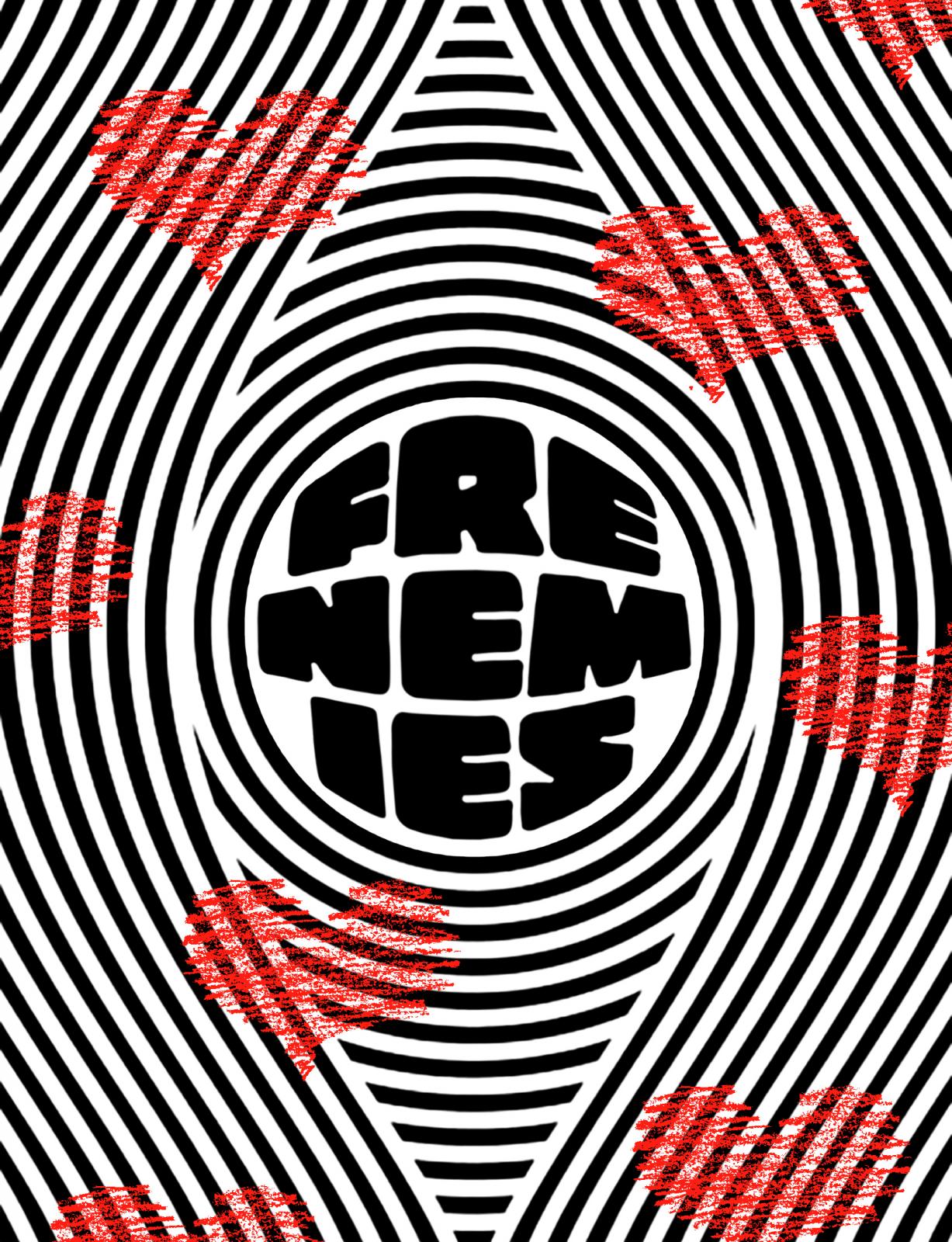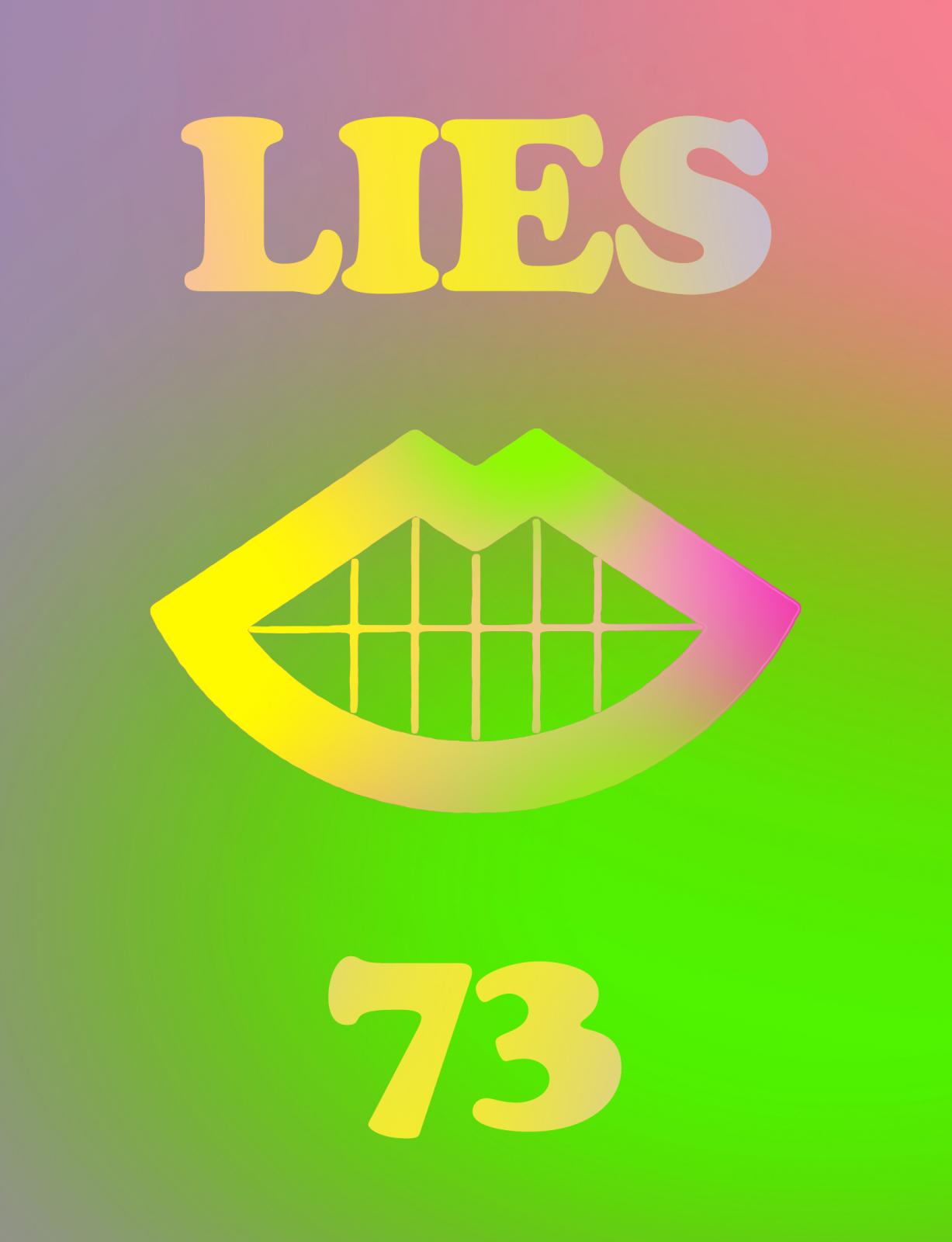Faith
Editors' Note
The first fact of the world is that people believe in it. What and why come next, but no answer to those questions shakes the primacy of creed as such. Our general disbelief isn’t so strong as to deny the fact that others experience their world faithfully. And the less we’ve subscribed to institutions of faith the more we’ve felt #blessed. Yet those who critique those institutions most loudly reveal a faith in their faithlessness as intense as that of the fundamentalists they oppose. To leave the field of debate to such extremes has meant neglect of the central forms of faithful praxis so many of us rely on in our daily efforts towards survival.
There may never have been so much for us to doubt. Historians of information claim that in the past few decades, our species has produced more data than in the entire prior span of our existence. Yet more data demand exponentially more interpretations. Keeping pace, belief in the institutions that secure meaning has ebbed globally, but there hasn’t yet been a concomitant collapse in their power. The wager that force can be just as effective as faith in securing submission will have, if nothing else, an interesting payout. In the meantime, beliefs proliferate.
For some people in some states, however, the right to faith means nothing more than the ability to exercise God-given rights to property — above all, in the self. To sell or not to sell, that seems to be the question. But faith in another order entirely seems also to be on the rise. As a force, faith is unique for its seemingly rootless origins, a feeling innate to our navigation of the world for which we’re constantly seeking a home. In this month’s issue of the New Inquiry, we look into the practices of faith that ferry people through a hostile world.
Many of the essays handle objects of faith that emerge from the ground. In Molly Oringer’s essay on the television series Dig, the question of Jewish nationalism resolves itself in archaeological excavation. The Israeli-adapted series works to position the secular Israeli citizen as the proper resident and bulwark against atavistic Palestinians or Orthodox Jews, the figure who can safeguard the ancient ties of belonging to the land precisely because of their modernity. And Malcolm Harris reviews the political philosopher Michael Walzer’s The Paradox of Liberation, identifying the Jewish right to Palestine as the shaky ground on which Walzer’s entire ethical system is constructed. “In the name of so-called left-wing Zionism, Walzer has attempted to smuggle white nationalism into the left,” Harris writes.
In Imri Kahn’s “Smash Images from Antiquity,” the spectacle of the Islamic State destroying millennia-old Assyrian statuary in their propaganda opens up questions of idolatry and value. The winged protectors of long-fallen city gates challenged Western systems of aesthetic value from the moment they were unearthed on imperial missions, disrupting the symbolic progression of art from Egypt to Greece in a crudely racialized fashion. Modern-day iconoclasts call into question the faith non-believers have in idols believed both defunct and intrinsically valuable.
The question of faith is also bound up in the visible, as it insists on the reality of what cannot be seen. Rachel Jones is an artist and writer who lives in Los Angeles, taking pictures of the vernacular shrines that dot the city’s landscape. Resisting the placelessness of much internet-based curation, these altars appeal to Jones as devout expressions of faith in representation. The “altar can be seen as a passive disruption in the mechanisms of capitalist visuality, one that paradoxically expresses faith in the unseen while worshipping visibility itself,” she writes.
Like materials for an altars the Polaroid SX-70 Land Camera inspired experiences of the divine, which none other than Ansel Adams called a miracle. Soon after its market debut, a Bayside, Queens-based movement began incorporating Polaroids into their vigils and rituals, allowing the Virgin Mary to make her presence seen in the self-developing photos. “The ‘ecstatic’ Polaroid is the perfect technology for miracle photography,” writes Jane Yager, and the camera’s inventor replied to a letter from a devotee that “many things occur in our daily lives which have no explanation, and we wonder if this isn’t one of them.” Predictably, the post-Vatican II Church couldn’t allow the increasingly apocalyptic visions to continue and asked the Queens DA to investigate. Some forms of visibility threaten to exceed the authority of the world.
For those whose faith resides in the stability of the world’s current order, any change is an occasion for horror. Quinn Lester investigates the current explosion of horror in theory and popular culture, finding its equation of the horrific with the unknown a bad legacy of its forefathers, H. P. Lovecraft and St. Augustine. Their engagement with the implications of their beloved universes — white supremacy in North America and a beneficent God who created the universe out of nothing, respectively — was an insufficient attempt at denial, Lester writes, and their insistence that what is truly horrible is what cannot be known infects current horror’s ability to name the readily knowable horrors of today.
Sofia Samatar interviews Ashon Crawley, a theorist of the titular concept who draws on Fred Moten, Saidiya Hartman, and his experiences in the Black pentecostal church to identify the “otherwise,” a critique of the normative world. Crawley places his faith in the Otherwise as a name of already-existing resistance and the horizon of relief. “There are Otherwise ways to think the concept of fleshly reality. The Otherwise, as the elaboration of the alternative, presumes that radically different relations have and do already exist,” he writes.
Imagining the beliefs of others to be only imperfect versions of our own would be to approach the world fundamentally in bad faith, the last standing cardinal sin for those in our tradition of thought. But the ecumenism of the “coexist” variety is no better than an unexamined faith in the brainless imperialism of liberal secular modernity. The essays assembled here argue collectively for an attention to the ways faith arises spontaneously in the interstices of the given world, as a reaffirmation of faith in our collective power. Perhaps it’s for the same reason the emoji designed to represent a high five has been so unanimously interpreted as hands pressed together in prayer.
Featuring
-
Editors' Note, Vol. 39: Faith
-
Against the Normative World
-
St. Cthulu in the Anthroposcene
-
Miracle on 214th Street
-
A Form of Faith
-
Justice in One Country
